When they were children the interviewees in this film – the last survivors – were taken away in incomprehensible circumstances, on their way to be murdered for who they were, in Germany and places further east. A handful of the few thousands who reached the UK after 1945, now octogenarians and nonagenarians, bore witness in this incredibly painful, profoundly necessary programme.
In spite of the sheen of normality as we met these elderly people in their apparently comfortable homes, it was almost unbearable to watch. What some of the survivors asked even now was what could they do with their anger, which is still internalised. What unfurled slowly and so poignantly was that for so many, in spite of long and often professionally successful lives, with families of their own, even with therapy, the traumas persist. Almost all lost all: parents, siblings, wider families, friends, who remain only in memory. Some still recall their mothers turning to them, with a last hug, a murmured word of love. Survivors’ guilt, too, seemed omnipresent.
Everything reminds Ivor Perl of something connected with his past: Grenfell Tower impressed him horribly when he saw the flames. He could see his family being burnt alive in the camps: over two million children were burned and gassed. Now he wants to live the few years he has left without too much pain for himself, his family and the world in general. He said that he felt he could not communicate with others properly because others just don’t, just can’t know; they have not seen their parents murdered, seen the gas chambers.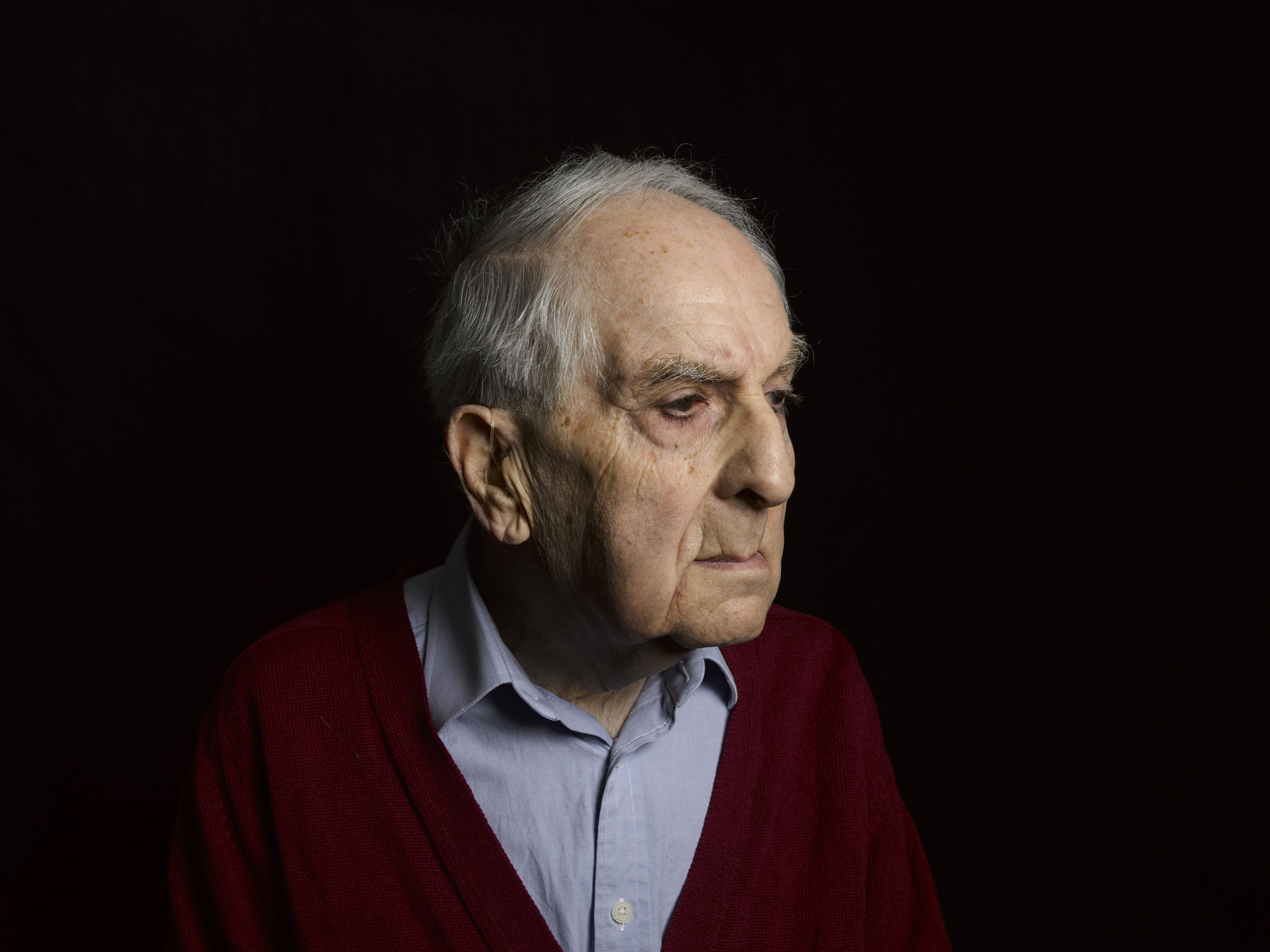 Frank Bright (pictured above) showed us a photograph of his school class in Prague in May 1942. He had made it his mission to find out what happened to all his friends, each marked with their fate as they were sent from the ghetto to Auschwitz. From one trainload of more than 2,000 people, only 144 survived, murdered for no reason except that they were Jews.
Frank Bright (pictured above) showed us a photograph of his school class in Prague in May 1942. He had made it his mission to find out what happened to all his friends, each marked with their fate as they were sent from the ghetto to Auschwitz. From one trainload of more than 2,000 people, only 144 survived, murdered for no reason except that they were Jews.
The sculptor Maurice Blik (pictured below) remembered being a child in Belsen at the age of only five. He had found a carrot that had been thrown away and modelled it into a tiny boat for his sister Millie, for her birthday: she was not yet one, and had been born in the camp. She died before her first birthday and he put her body on a pile of other corpses. He was never able to give her the present; his therapist had told him it was his first sculpture. He could not follow up his early ambition to be a doctor because he did not want to deal with death; his substantial bronze sculptures, however, he sees as giving life to anguished human form. To this day he does not know what happened to his father, who was taken to Auschwitz: his wife Debra remarked that his father’s likeness is to be found in all of Blik’s sculptures.
The underlying premise of the film was articulated by the redoubtable Anita: no-one can make sense of it
Anita Lasker-Wallfisch was 20 when she finally came to England, and when she had her own family, she was unable to explain that there were those who had desired so much to annihilate the Jews and other undesirables in as thorough a way as possible. Her own survival had been down to luck: she had already been prepared for the gas chamber when it was found out that she played the cello. She was conscripted not to death but into the camp orchestra. They played marches for those being taken off to work as slave labourers.
The underlying premise of The Last Survivors was articulated by the redoubtable Anita: no-one can make sense of it. Anita wanted to have a normal life, but the Holocaust did not fit into normality. Her own mantra had been that anybody who has a roof over their head and enough food to eat should forget the trauma.
Statistics and facts punctuated these layered narratives. Eighty percent of those arriving on the trains were taken off immediately to be killed; others were saved for slave labour. Do not say you were under 15, you would automatically be marked for death. On arrival, if gestured to the left, you would live, if you looked strong enough to work; but to the right, and it was straight to the gas chamber. One survivor said he always wondered which of the flames was his mother?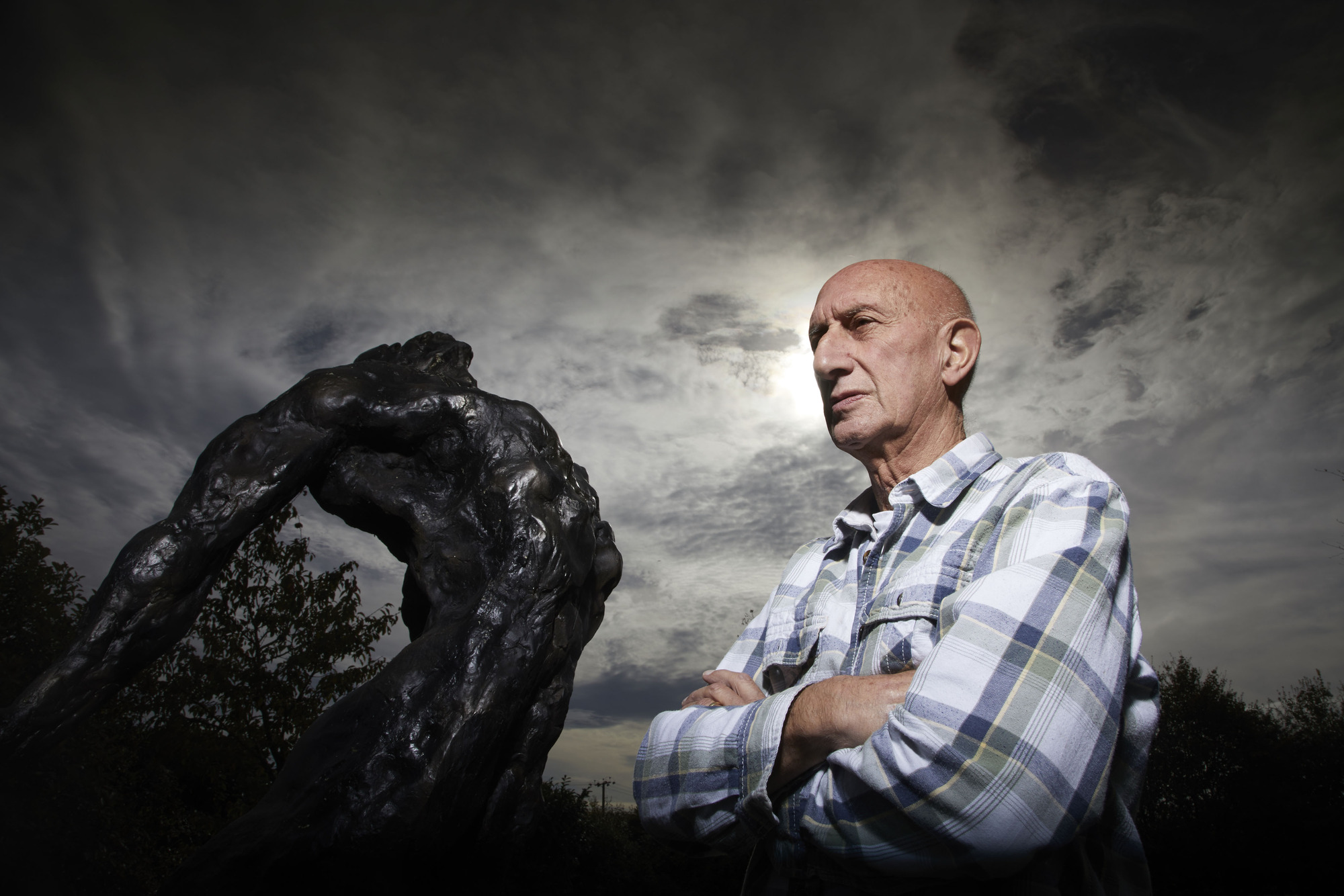 There were returns, of sorts. We went with one survivor, his daughter and granddaughter to Auschwitz on a tour: it all looked so banal, a factory for killing people, an abattoir for humans. When Lasker-Wallfisch visited the Bundestag, the President described the systematic industrialised genocide of the Jews; later she remarked that the vision of Mrs Merkel letting in the immigrants has brought out the worst of the Germans, with the rise of the right-wing Alternative for Germany party. She told the Bundestag that hate is poison and ultimately those who hate poison themselves, then was struck by the resurgence of antisemitism.
There were returns, of sorts. We went with one survivor, his daughter and granddaughter to Auschwitz on a tour: it all looked so banal, a factory for killing people, an abattoir for humans. When Lasker-Wallfisch visited the Bundestag, the President described the systematic industrialised genocide of the Jews; later she remarked that the vision of Mrs Merkel letting in the immigrants has brought out the worst of the Germans, with the rise of the right-wing Alternative for Germany party. She told the Bundestag that hate is poison and ultimately those who hate poison themselves, then was struck by the resurgence of antisemitism.
Manfred Goldberg went back to Germany for the first time since 1946, when he arrived in Britain as a child. In Kassel he spoke at the placing of a memorial brass set into the pavement in front of what had been his family home: these stumbling stones, stolpersteine, are being placed all over Germany to mark the places from which Jews, and others, had been taken away. We can only hope that they will prompt memory. Again and again we were told in different ways the self-evident truth that soon no witness will be left alive; when these survivors are gone, there will only be the history books. Auschwitz, the most notorious camp of all, was liberated on 27 January, 1945. The date is marked as Holocaust Remembrance Day. It is time to try to continue to remember.



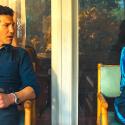
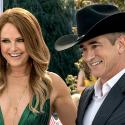
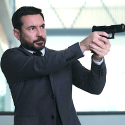

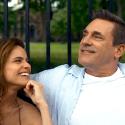







Add comment